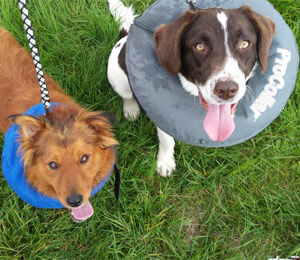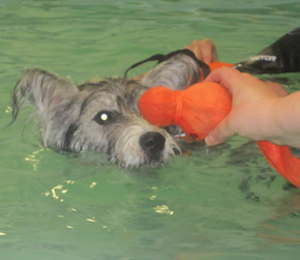The only way to be sure your dog doesn’t produce unwanted puppies is to have your dog neutered. Intact male dogs and females in heat have an uncanny way of finding each other, and breeding can occur in an instant.
All Dogs in Distress dogs of 6 months or over are neutered before being homed. Adopters of puppies of less than 6 months old must commit to having the pup neutered when he/she reaches 6 months.
Spaying of females involves the removal of both the uterus and the ovaries. Castration refers to the removal of a male dog’s testicles. The term neutering is a general term to describe either spaying or castration.
Benefits of Neutering
In addition to preventing unwanted puppies, neutering your dog has many benefits.
For Males
Neutered dogs often are better behaved than their intact counterparts. Not only are they less likely to stray, they are also less likely to mark their territory by urinating in the house (testosterone is one of the major drives for this dominance-related activity). In addition, neutered male dogs are much less likely to be aggressive toward other male dogs. These behaviour benefits are particularly true if you neuter your dog between the ages of 9 and 12 months, before he becomes sexually mature and develops bad habits.
Neutering prevents the development of prostate problems often seen in older dogs. A neutered dog won’t develop testicular cancer, a common cancer of older, intact male dogs. There are several health benefits to neutering. One of the most important concerns the prostate gland, which under the influence of testosterone will gradually enlarge over the course of the dog’s life. In age, it is likely to become uncomfortable, painful and the dog might find it difficult to urinate. The prostate under the influence of testosterone is also predisposed to infection which is almost impossible to clear up without neutering. Neutering causes the prostate to shrink into insignificance thus preventing both prostatitis as well as the uncomfortable benign hyperplasia (enlargement) that occurs with aging. Other health benefits of neutering include the prevention of certain types of hernias and tumours of the testicles and anus. Excessive preputial discharge is also reduced by neutering.
What if a dog has an un-descended testicle?
Un-descended testicles have an increased tendency to grow tumours. They may also twist and cause life-threatening inflammation. For these reasons, neutering is of critical importance for dogs with un-descended testicles. This procedure is more complicated than a routine neuter; the missing testicle can be under the skin along the path it should have descended to the scrotum or it may be inside the abdomen.
For Females
Female dogs that are spayed prior to their first heat cycle (which usually occurs between 6 and 9 months of age) have a significantly reduced chance of developing mammary (breast) cancer compared to dogs that have had even one heat cycle. Spayed females can’t develop pyometra, an infection of the uterus that can be quite severe and can even result in death.
Spaying eliminates ‘spotting’ on the carpet and floor surfaces during the females heat, twice yearly.
Spayed females tend to have more even temperaments and do not go through the hormone-induced mood swings that intact bitches sometimes have.
If not pregnant, an unspayed female may follow her seasons with false pregnancies. Many bitches will look as if they are pregnant and display obvious maternal behaviour, such as producing milk, nursing their toys or other objects such as shoes and making nests out of their bedding. They can show signs of increased panting and restlessness and be considerably distressed for periods of up to three months after the season has finished. As bitches may have seasons twice a year, they could be unwell and uncomfortable for up to half of their lives.
General Considerations
Will my dog get fat?
Many people think their dogs will get fat if they are neutered, but this isn’t the case. Neutered dogs frequently don’t need as much food as their intact compatriots, but there is a simple solution: don’t feed them as much. You may need to reduce the amount of food that you give him/her or switch to a ‘diet’ food after neutering. Ask your vet for advice on this. If your dog has enough exercise and you feed him/her correctly, he/she will not get fat or lazy.
What behavioural changes can be expected after neuter?
The only behaviour changes that are observed after neutering relate to behaviours influenced by male hormones. Playfulness, friendliness, and socialisation with humans are not changed. The behaviours that change are far less desirable. The interest in roaming is eliminated in 90% of neutered dogs. Aggressive behaviour against other male dogs is eliminated in 60% of neutered dogs. Urine marking is eliminated in 50% of neutered male dogs. Inappropriate mounting is eliminated in 70% of neutered dogs. In fact if your dog is neutered at 6 months old he/she is likely to retain their playful puppy nature and carry it on into adulthood.
Post-op care
For the first couple of days after surgery, your dog should rest and be kept warm. Most spay patients go home as if nothing had happened though some will need pain medication for a few days.
Your dog should only go outside to relieve him/herself. For the next week, mild exercise such as on-leash walking is all right. Dogs will have to wear a ‘buster collar’ after the operation. This special collar, which looks like a lamp shade, stops the dog licking at or pulling out the stitches so it is important that it is kept on at all times. About ten days after surgery, the vet will check to make sure the incision is healing properly and remove the sutures.
At what age can neutering be performed?
The best age to get a dog neutered is approximately 6 months old, when he/she reaches puberty. Ideally female dogs should be neutered before their first heat which usually occurs between 6 and 9 months. Dogs neutered before puberty tend to grow a bit bigger than dogs neutered after puberty (testosterone is involved in the causing bones to stop growing so without testosterone the bones stop growing later). The same behaviour and prostate health benefits can be realised no matter what age the dog is. (In other words, a dog does not become “too old” to obtain the same health and behavioural benefits of neutering.)
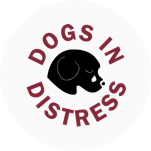

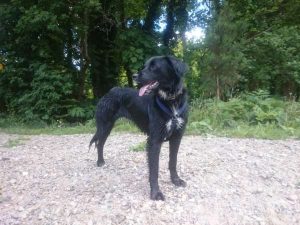
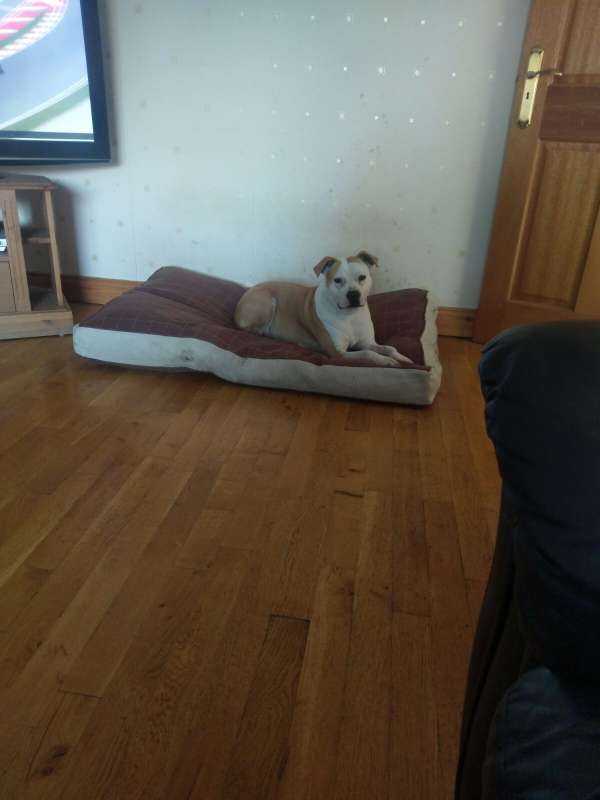


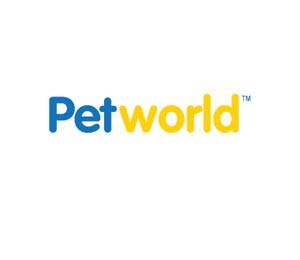

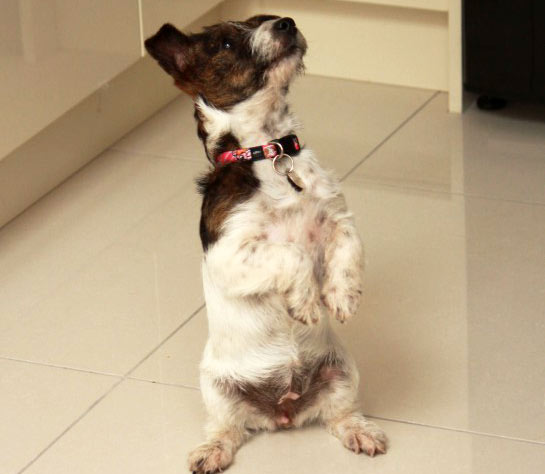
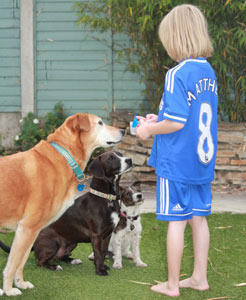 Training will teach your dog what is and isn’t acceptable behaviour in your home. Training also goes beyond this in helping to build the bond between dog and human. A dog that is well trained will fit harmoniously into your household. An obedient dog can be confidently introduced to other humans and dogs and be taken to public places and social events. Therefore a well trained dog will be able to experience and enjoy a more varied and interactive life.
Training will teach your dog what is and isn’t acceptable behaviour in your home. Training also goes beyond this in helping to build the bond between dog and human. A dog that is well trained will fit harmoniously into your household. An obedient dog can be confidently introduced to other humans and dogs and be taken to public places and social events. Therefore a well trained dog will be able to experience and enjoy a more varied and interactive life.